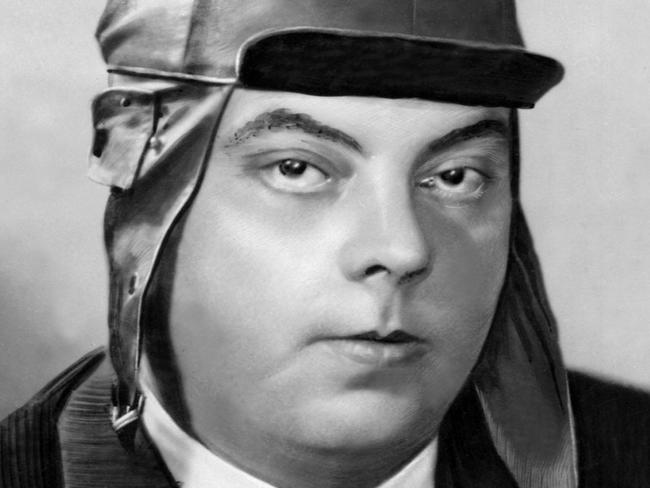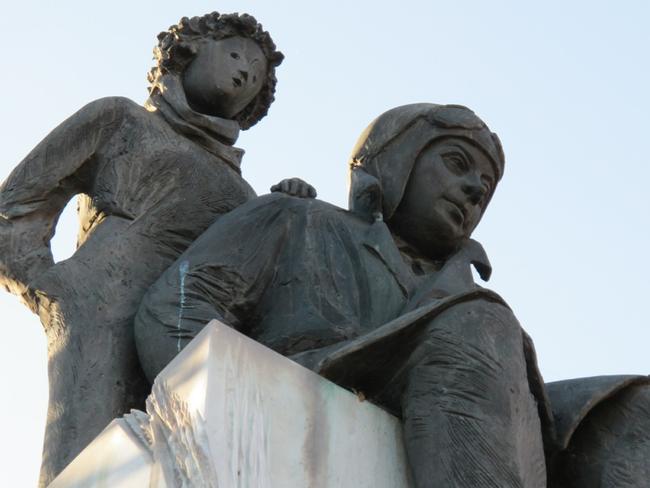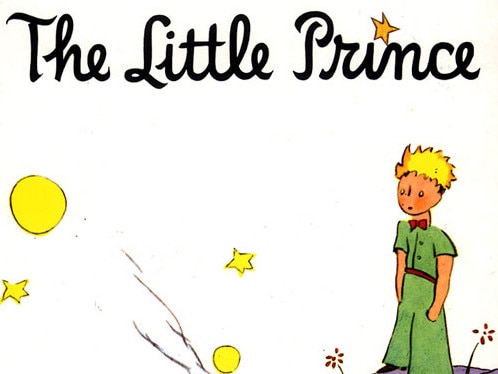Mysery behind death of The Little Prince author Antoine de Saint-Exupery still unsolved
When a Lockheed Lightning P-38 failed to return from a mission 75 years ago today the world lost a much-loved writer
The Lockheed Lightning P-38 reconnaissance plane, in the livery of the Free French forces took off from the Borgo air base in Corsica, on July 31, 1944, 75 years ago today. The aircraft was on a mission to gather information on troop movements in the Rhone Valley, in support of a planned invasion of southern France.
Working alone, the pilot, Frenchman Antoine de Saint-Exupery, was no stranger to the dangers of flying over enemy territory and this was to be his ninth reconnaissance mission. A veteran aviator and author he was also well aware of the dangers of flying more generally, having survived a crash in the Sahara years before.
He had used that accident as the inspiration for his most famous book Le Petit Prince (The Little Prince) published in 1943.
That work, an allegorical tale about an encounter between a little golden-haired alien prince and a stranded airman, enchanted both children and adults and made him famous as a writer.
But this time there would be no book to write based on his latest adventure. The P-38 never returned to base. It was long been assumed he was shot down but his demise remained a complete mystery for decades.

He was born Antoine Marie Jean-Baptiste Roger, count de Saint-Exupery, on June 29, 1900, in Lyon. He was the third child of five children of aristocratic military officer turned insurance company executive, Viscount Jean de Saint Exupery. Jean died when Saint-Exupery was only four, leaving the family poor and dependent on richer relatives.
Saint-Exupery had a life-changing experience at 12 when he went for his first ride in an aircraft. Saint-Exupery was also deeply affected by the death of his 15-year-old younger brother Francois in 1917. It is thought that the blond, curly-haired Francois was the model for the Little Prince.
Failing twice to pass exams at Ecole Navale, a military preparatory school, he decided instead to study architecture at the Ecole des Beaux-Arts, but he left before graduating
and sought work wherever he could.
Conscription into the French air force in 1921 finally gave him some direction and he earnt his wings as a pilot in 1922. After crashing his plane he left the military and gave up flying for a time to take an office job. But he soon realised he was not cut out for corporate life and took to flying again, in 1926, as a pilot on airmail routes to Africa and South America.

That same year he published his first novella, L’Aviateur (The Aviator), rich with imagery about what it was like to fly. In 1929 he published his first novel Courrier Sud (Southern Mail) set in the world of a pilot on a mail run.
Pilots also featured in his second novel Vol de Nuit (Night Flight), published in 1931. It was this novel that saw him recognised as a literary talent and the book was adapted as a Hollywood film starring Clark Gable.
In 1931 he married Salvadoran artist Consuelo Suncin, but it was an on-again off-again marriage, during which Saint-Exupery had several affairs.
Attempting to break a speed record in an air race in 1935 he crashed his plane in the Sahara. Lost in the desert and at risk of dying of thirst, he and his co pilot were rescued by a Bedouin. It provided material for his acclaimed 1939 memoir The Wind And The Stars.
When war broke out in 1939 he joined the air force as a reconnaissance pilot. But when France surrendered to Germany in 1940 he left France and travelled to the US to try to encourage them to enter the war against Germany. When the US entered the war in 1941 he offered his services to the Allies as a pilot.

While living in New York he also continued writing, completing The Little Prince in 1942, which was published in English and French in 1943. Not long after the book was published he went to Algiers to begin flying reconnaissance missions, before his aircraft vanished in July 1944.
After years of not knowing anything about his fate, in 1998 a silver bracelet with Saint-Exupery’s name, that of his wife Consuela and the name of his publisher, was hauled in by a fisherman near Riou Island off the coast of France in the Mediterranean. In 2000 diver Luc Vanrell found parts of a P-38 near where the bracelet was found and in 2003 an expedition recovered more of the aircraft. But despite some disputed evidence of German pilots having shot down a P-38 on the day Saint-Exupery’s plane was lost, it was not possible to determine from the wreckage found whether the plane was shot down or if Saint-Exupery just crashed after flying off course.History page
MORE



